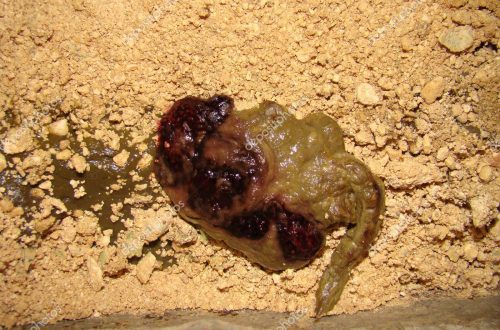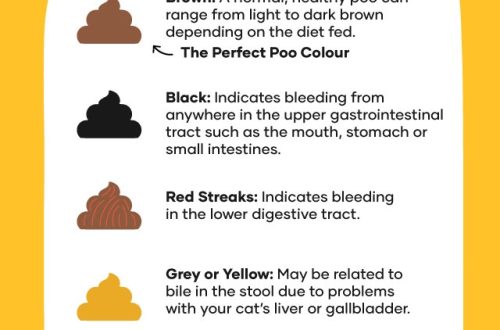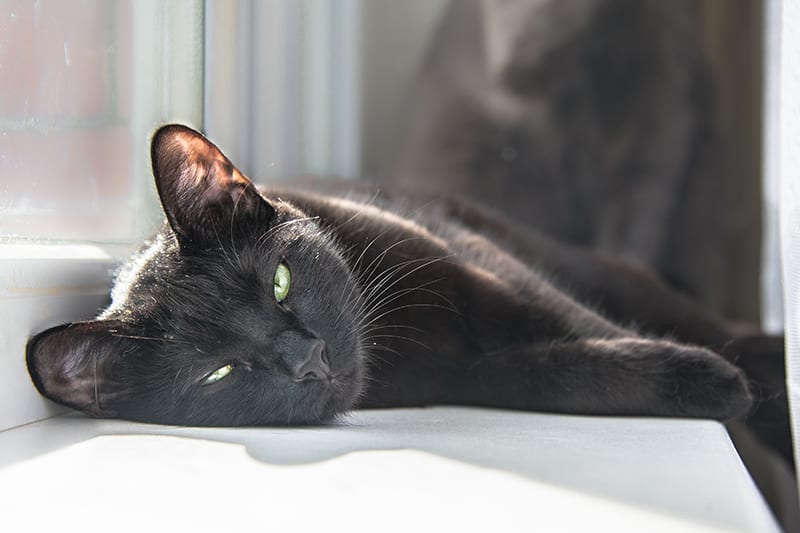
hepatitis in cats
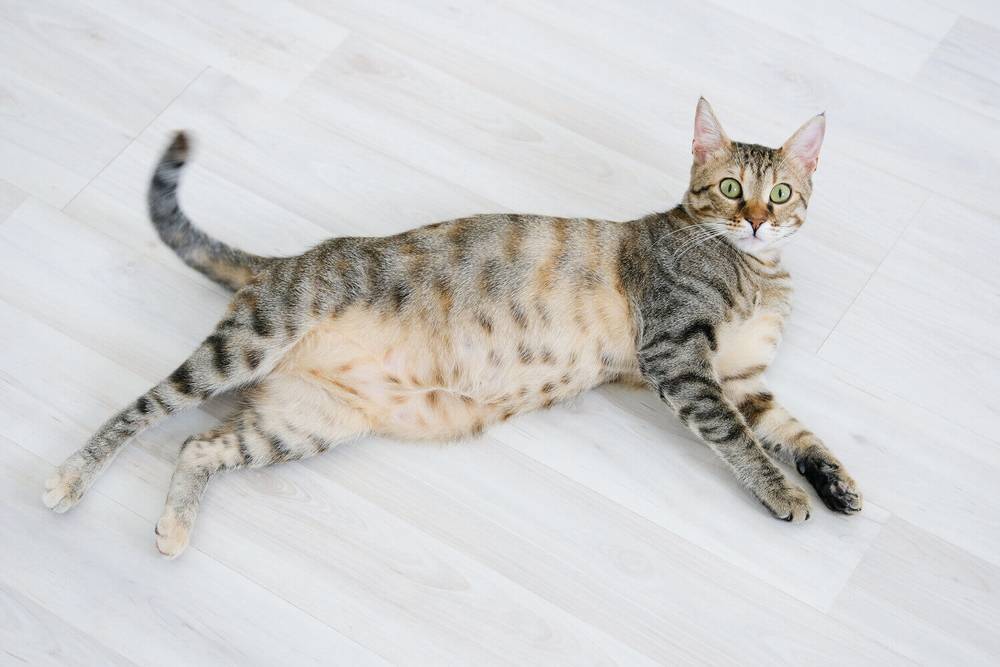
Hepatitis (hepatitis; hepat- + -itis) – inflammation of the liver. That is, liver disease, accompanied by an inflammatory process.
Contents
Hepatitis in Cats: Essentials
Hepatitis in cats can be infectious (viral, bacterial), non-infectious (poisoning, autoimmune processes), secondary (against the background of other pathologies);
Cat hepatitis is not dangerous for humans, but it can be dangerous for other pets;
The main symptoms are lethargy, loss of appetite, yellowness of the mucous membranes, pain in the right hypochondrium;
Diagnosis includes basic studies: examination, blood tests, ultrasound. Sometimes an x-ray, a biopsy is required;
Treatment for hepatitis in cats depends on the cause of the disease and the severity of the symptoms;
Prevention includes timely vaccination and treatment for parasites, a balanced diet, avoiding pet contact with various chemicals, and timely medical examinations.
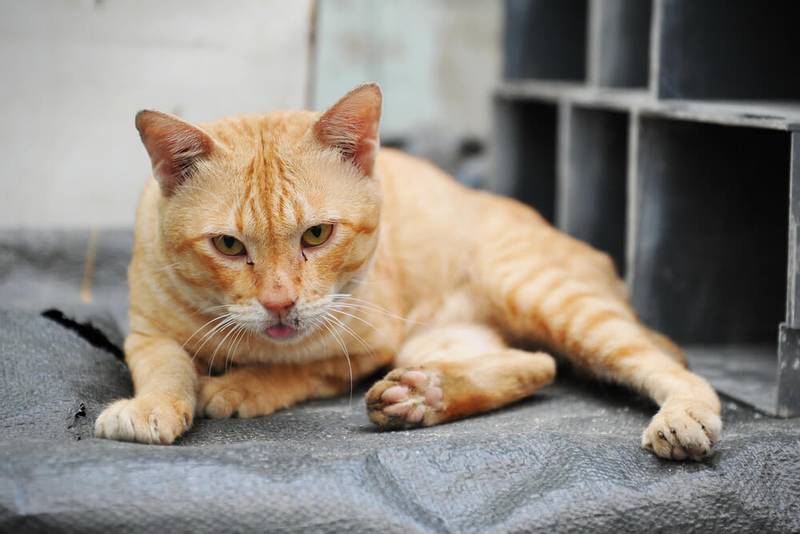
Types of hepatitis
Hepatitis can be primary and secondary. That is, the disease may initially occur in the liver or be a complication of another disease, for example, with gastroenteritis, hemolysis.
Also, hepatitis can be infectious and non-infectious.
Let’s analyze each type of inflammation in more detail.
Cholangiohepatitis
Inflammatory disease of the liver and gallbladder. Since the gallbladder is directly related to the liver anatomically and physiologically, it is often involved in the process of inflammation.
Infectious (bacterial) hepatitis
The cause may be leptospirosis, Tizzer’s disease, salmonellosis, etc.
Bacteria during reproduction affect the parenchyma of the organ and produce waste products that destroy tissues and poison the body. Liver function is impaired, which leads to many complications.
Bacteria can enter the liver through the bloodstream or through the bile duct from the intestines (retrograde).
It most often develops against the background of infectious peritonitis (FIP). But it can occur secondarily as a complication of diseases such as panleukopenia, leukemia, immunodeficiency, and others.
As with bacterial hepatitis, the cause is a pathogen that has entered the liver with the bloodstream or retrograde from the intestine.
Secondary liver damage in diseases such as panleukopenia occurs due to acute intoxication. After all, it is the liver that has to neutralize the decay products of the affected tissues and toxins, it is not surprising that it suffers in the first place.
Noninfectious toxic/drug hepatitis
May be associated with toxins and poisons such as pesticides, poisonous plants, household chemicals.
Medications are another common factor. Medicines such as paracetamol, which are often used by humans, should never be used in animals. Unreasonable use of corticosteroids can also cause severe liver damage.
Noninfectious autoimmune hepatitis
Sometimes hepatitis can begin against the background of an autoimmune process, that is, due to the fact that the body attacks its own cells.
Causes of the disease
Improper feeding
Feeding errors, such as an unbalanced diet, an excess of indigestible components, the use of products that are not intended for animal feed, spoiled foods – all this can provoke inflammation of the liver.
Poisoning
A cat may accidentally ingest various toxins and poisons. Baits for rodents and other pests often attract pets. But even if the poisons do not smell like food, the pet can accidentally get dirty in household chemicals at home or on the street, and then, when licking the wool, get poisoned by them.
Infections and infestations
Viruses, bacteria, protozoa and helminths are often the cause of hepatitis. Producing toxins during their vital activity, they poison the body, and the work of neutralization lies mainly with the liver.
The use of certain drugs
Anti-inflammatory drugs (glucocorticosteroids, NSAIDs) should be prescribed in individually selected dosages.
Not only drugs in this group can cause inflammation of the liver. There are some antibiotics, antiparasitics, and even vitamins that are dangerous for cats under certain conditions. Therefore, before giving your cat medication, be sure to check with your veterinarian.
Autoimmune processes
The body can perceive its own cells and tissues as foreign and fight them. Such diseases are rare compared to infections and poisonings, but they do occur.
Can a person get hepatitis from a cat?
A person cannot get hepatitis from a cat, but an infected animal can be dangerous to other cats. If the cause of hepatitis has not yet been clarified, cats should be isolated from each other until there is confidence that the sick pet is not dangerous.

Symptoms of Hepatitis in Cats
Symptoms of hepatitis in a cat can vary depending on the cause, severity of the process, age, and other factors.
The most frequent manifestations:
Ictericity (jaundice) of the mucous membranes, skin, sclera of the eyes.
Pain in the right hypochondrium. Because of them, the pet can take unnatural poses, move more carefully, jump off hills with caution, hunch over when walking. With acute pain and colic, breathing quickens, pupils dilate, cats, as a rule, hide in secluded places and lie there almost without movement.
Decreased appetite or refusal to eat. A symptom can be of varying degrees of manifestation. Everything can start with a slight decrease in appetite.
Lethargy, apathy, refusal to play. Does your pet sleep more? Does he react sluggishly to his favorite toy or does not react to it at all? Did you hide under the bed or behind the bath? Do not ignore this behavior, it can be the first sign of illness along with a decrease in appetite.
Fever. An increase in body temperature above 39.3 * C.
Vomiting or nausea. It can be periodic, 1-2 times a week, or it can be acute, every few hours throughout the day. In any case, vomiting more than 1-2 times a month is not normal and requires immediate examination.
Diarrhea or constipation. The liver is not only an organ of detoxification (neutralization of toxins), it forms important digestive enzymes that are produced with bile. Depending on the type of inflammation, there can be both diarrhea and constipation.
Change in stool color to white or green. The stool is brown in color due to the pigment stercobilin, which is part of the bile. If the outflow of bile is impaired for some reason or bile is not produced in sufficient quantities, then the feces will be partially or completely white.
Green stools, on the contrary, may indicate an excessive secretion of bile, which is also not the norm.
Diagnostics
Diagnosis should be comprehensive. Hepatitis cannot be diagnosed by a blood test or ultrasound alone.
The doctor at the appointment will collect a detailed history – a history of preventive measures, diet, maintenance, etc. After that, he will conduct a thorough examination and, depending on the data obtained, prescribe the necessary studies.
As a rule, the following tests are used in the diagnosis of liver diseases:
Clinical blood test, with manual counting of the leukocyte formula;
Blood chemistry. Particular attention should be paid to indicators: bilirubin, alkaline phosphatase, proteins (albumin, globulin), AlAT, AsAT, GGT, ammonia, urea;
Analysis for bile acids. As a rule, two samples are taken, the first on an empty stomach, the second after feeding;
Ultrasound procedure;
X-ray;
Liver/gallbladder biopsy. It can be performed openly (during surgery) or closed (under ultrasound guidance, special biopsy needles or forceps). A sample of bile can be taken using the same methods. After that, the material is sent for histology/cytology/bacteria. The biopsy is always performed under anesthesia, under the supervision of an anesthesiologist;
Tests for infections by PCR, ELISA, ICA may be required.
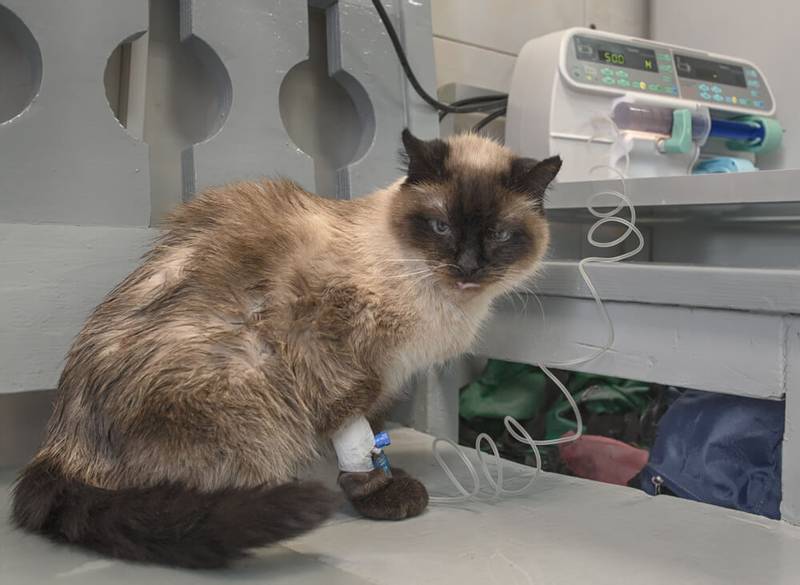
Treatment of feline hepatitis
How to treat hepatitis in cats? This will depend on the cause, severity of the course of the disease, associated complications.
The following groups of drugs and methods of treatment can be used:
Hepatoprotectors;
Specialized diet;
antibiotics;
Antihelminthic;
Antiprotozoal;
Painkillers and antispasmodics;
drip infusions;
Anti-inflammatory drugs (steroidal and non-steroidal).
It is important to understand that the treatment of hepatitis in each case is individual, because there are several causes of the disease, as well as types of course. In any case, therapy should be developed by a veterinarian.
Prevention
To reduce the risk of hepatitis, keep in mind the following:
Timely vaccination and treatment against parasites;
The pet’s diet must be balanced;
You should not give your pet any medications without a doctor’s prescription;
Do not let your pet go outside beyond the area you know. If the pet goes far from home, you need to think about planned castration / sterilization, building a high fence or walking on a harness or leash. On your site, it is necessary to protect the cat as much as possible from various chemicals;
At home, household chemicals also need to be stored in secluded places where a pet cannot get through. And when using household chemicals, you should always thoroughly rinse it off surfaces;
Medical examination. A scheduled check-up with a doctor should be carried out once a year. For animals older than 8 years – twice a year.
The article is not a call to action!
For a more detailed study of the problem, we recommend contacting a specialist.
Ask the vet




